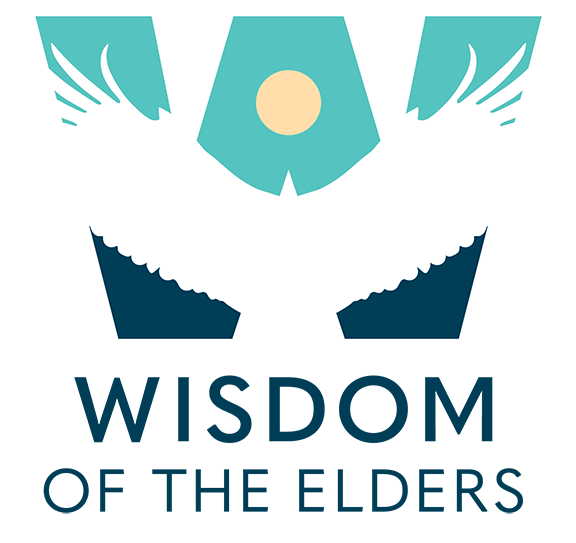
(L to R) Quentin Spencer and Arianna Lopez, both age 6, examining marine macroinvertebrates
What did you do last Saturday? Over fifteen Native students and parents took part in Wisdom’s first Native Saturday Science Academies for two days of hands-on learning and fun with crawly creatures and wading through Butler Creek. In partnership with Northwest Indian College (NWIC) and NAYA Family Center, Wisdom sponsored two Saturday Science Academies to excite Native youth about science and pursuing education in STEAM (Science, Technology, Engineering, Art, and Math) fields.
Wisdom believes it is vital for our Native youth to have opportunities to learn scientific concepts and environmental stewardship outside the classroom. Traditionally, Native youth are educated by their elders and knowledge is passed down through hands-on learning experiences. Wisdom seeks to create an intergenerational learning experience, and with participants ranging in age from 6 to 60+ years old, this gives parents and grandparents an understanding of what their children are studying and younger siblings early exposure to science.
On April 26th, we were joined by NWIC marine biologists Marco Hatch, Ph.D. (Samish Indian Nation) and Skye Augustine (Stz’uminus Nation descendent). They presented a workshop on Marine Science environmental and climate issues with a Native TEK perspective. Participants learned about the environmental indicators and features that help create excellent habitats for clam beds. With this understanding of the clam’s ideal habitat, northwest coastal tribes for thousands of years have used this knowledge to build seawalls to expand the shore line in order to increase clam bed size and production for harvesting.
Students and parents also took part in handling clams and oysters and searching for marine macro invertebrates in the coastal sediment samples brought by NWIC. Among the several creatures they found and examine under the microscope were young crabs, hermit crabs and barnacles. Using the microscope was the highlight for 10 year old Carina Lopez. “This is the first time I have seen a microscope. Wow, I get to use one today,” Carina said eagerly.
During our last academy on May 3rd, Nathanael Davis of NWIC, Gabe Sheoships (Umatilla) of OSU and Brain McIlraith of CRITFC gave presentations and led hands-on activities on the Pacific Lamprey. Participants learned about the life cycle of the lamprey. Students also played a game, pretending to be lamprey migrating through Bonneville Dam in order to calculate and explain how lamprey populations are impacted by the dams on the Columbia River.
Our academy ended with a trip to Butler Creek where salmon and lamprey have been documented recently. With the assistance of Matt Clark (Executive Director of Johnson Creek Watershed Council) students completed a survey of macro invertebrates and stream habitat. Through their survey work students found indicator species and habitat features that suggest Butler Creek as an excellent site for salmon and lamprey.
Wisdom plans to continue partnering with NWIC, NAYA and many other organizations to put on more Native Saturday Science Academies in the future. We are carrying on our mission of cultural sustainability and engaging Native youth and families in STEAM through our other upcoming projects this year, such as Wisdom Radio Series Four, Summer Field Science Camp, and a series of gardening workshops at Wisdom Gardens.
